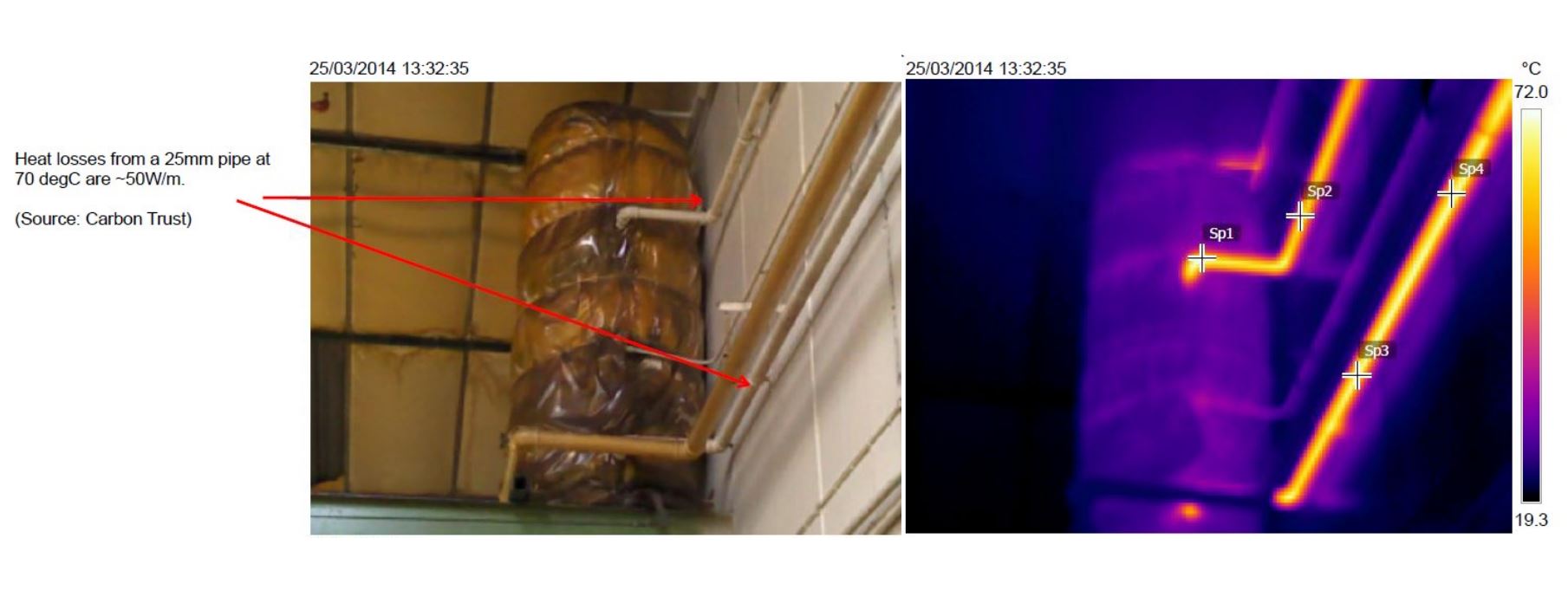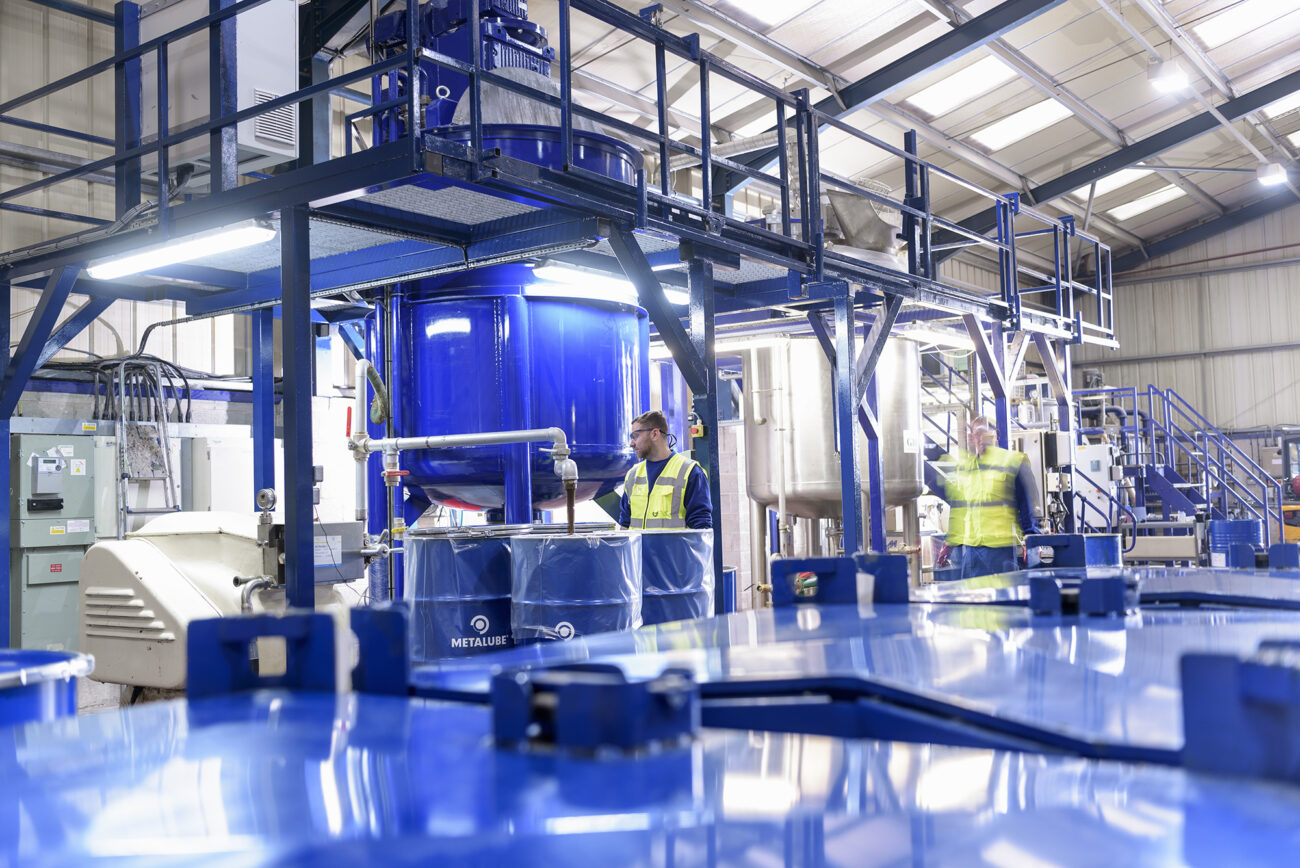How to Save Energy: Heating
5 December 2022
Effective tips and recommendations to improve the energy efficiency of heating in your building.
Before reading the tips below, I recommend starting with our Preparation guide to get the right groundwork in place for implementing successful energy saving initiatives.
Now that we’re into the heating season, managing your heating efficiently should be a top priority. There are plenty of easy wins here that are often overlooked, mostly with no associated upfront cost:
1. Set thermostats depending on room usage. Guidelines generally recommend setting the temperature at 19°C in working areas. However, temperatures can be set lower than this in corridors, storerooms or areas of higher physical activity. A 1°C reduction in temperature shaves 8% off your heating bill!
Tip: Allocate a specific member of staff to be responsible for heating controls to make sure they aren’t tampered with.
Myth buster: Turning the temperature up on the thermostat will not warm the room up quicker!
2. Ensure timers and thermostats are set to the right date and time, taking into account your scheduled operating hours, daylight savings time, weekends and Bank Holidays.
Tip: Relocate any thermostats that are too close to radiators or draughts.
3. Ensure radiators and heaters are clean and unobstructed by desks or cabinets so heat can convect around rooms properly. Workstations can be brought closer to heat sources as long as they do not cause any obstructions.
Tip: Do not use portable electric heaters unless absolutely necessary. They are extremely expensive to run compared to standard central heating.
4. Identify any draughts coming in from outside. Up to 30% of heating costs can be saved by stopping cold air entering your building. Check seals on windows and doors, use cheap draught excluders if needed, and consider fitting spring-loaded door closures or PVC strip curtains if doors are being left open.
Tip: if you have roller shutter doors, it’s possible to interlock the controls for these doors with your heat controls, so the heating automatically turns off when the door is opened.
5. Insulate heated pipework/hot water cylinders. Insulating pipework with cheap foam lagging can reduce energy loss by 70%. You can fit it yourself and it will pay back in a matter of weeks. The image below shows how much heat can be lost through uninsulated pipes.

6. Consider installing destratification fans if you have high ceilings. Destratification fans can be a relatively low cost measure in warehouse spaces that stop warm air gathering in the ceiling space by spreading it around the building evenly.
7. If you have an old non-condensing boiler, consider upgrading it as soon as possible. A non-condensing boiler with limited controls is significantly less efficient than a modern condensing boiler. Better still, investigate options to recover waste heat from your processes, replace your boiler with a heat pump, or install radiant heating technologies such as infrared heating, which heat objects rather than the air.
Tip: If your boiler was installed before 2005 or it has a metal flue, it’s probably a non-condensing boiler.
Tip: Make sure your boiler is serviced annually to keep it working optimally.

Metalube in Manchester saved £24,000 a year by installing a new energy efficient steam boiler – read the case study
NEED SUPPORT?
It’s important to tackle your energy use now rather than burying your head in the sand and thinking energy prices will drop back down to what they used to be – they won’t.
- Explore our other How to Save Energy guides
- Watch our webinars on Understanding the Energy Challenge and What your business can do to reduce energy costs
- SMEs in Greater Manchester can access fully funded support on energy efficiency from our expert Sustainability and Net Zero team
- Energy efficiency is also a key element of our popular Journey to Net Zero programme for Greater Manchester SMEs. Visit businessgrowthhub.com/netzero
- If you are planning to install green or energy saving technologies, use our sister Green Economy service to find a reputable local supplier